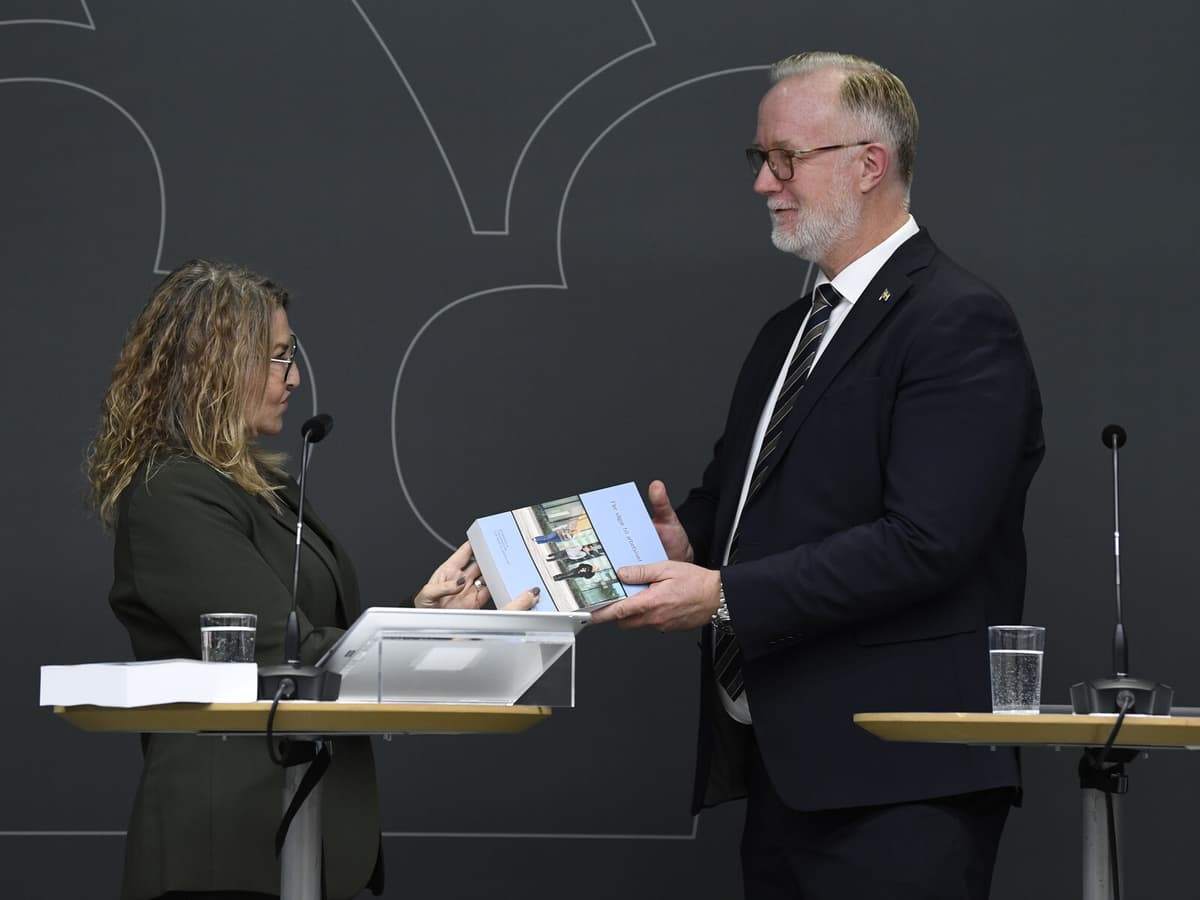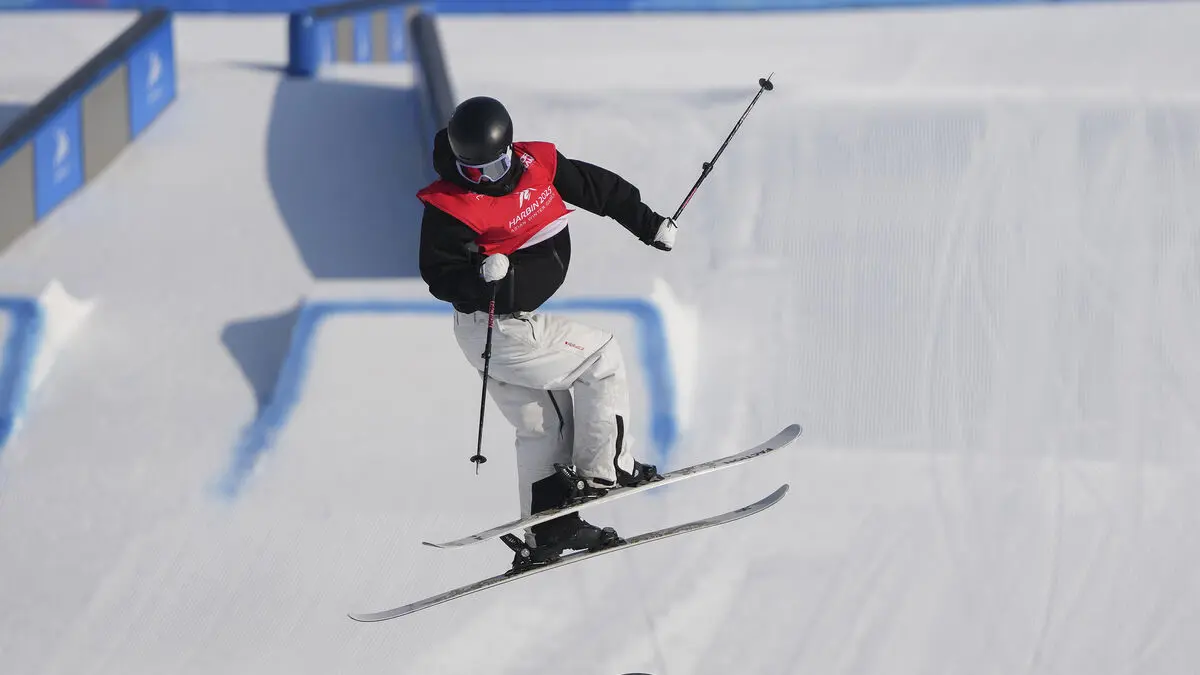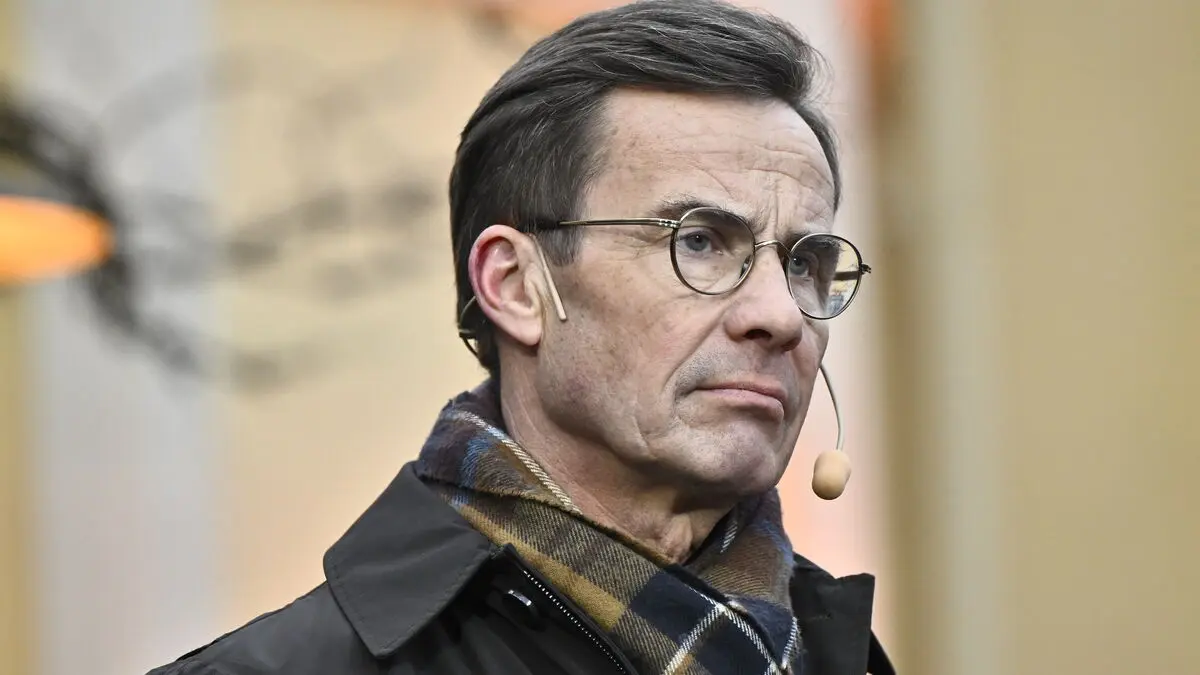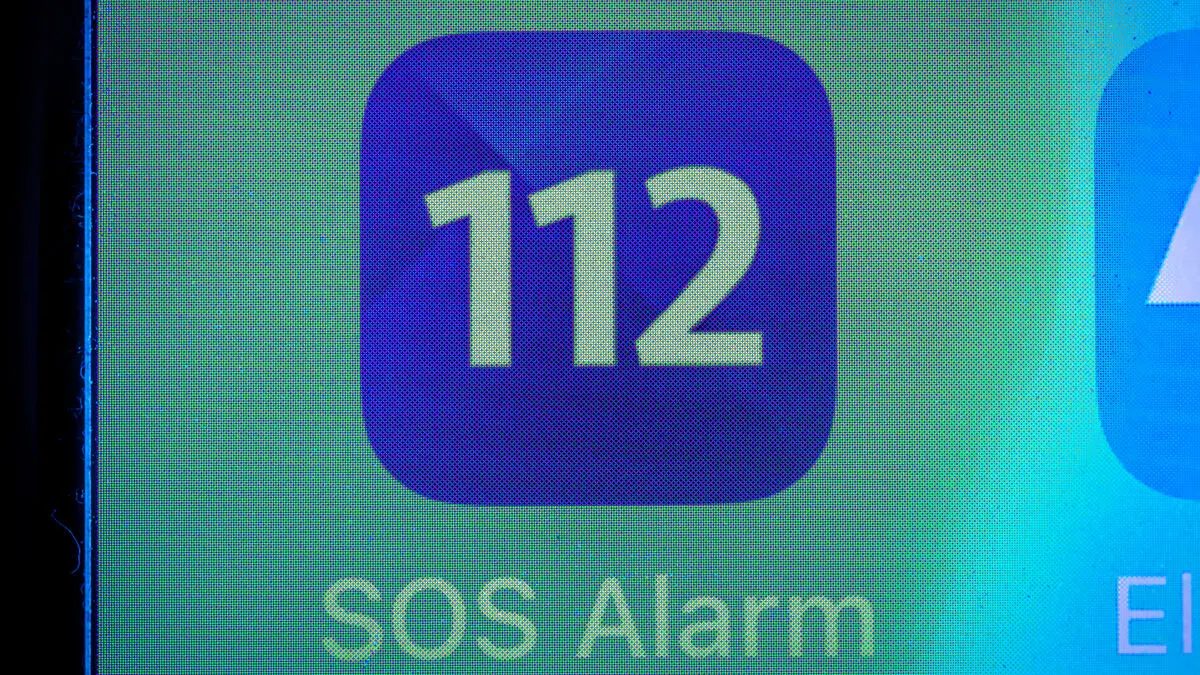A three-year education – but with significantly less math, Swedish, and other theoretical subjects. This is how the new vocational programs in upper secondary school will look, according to a proposal submitted to the government on Wednesday.
With this proposal, we are convinced that many more students will succeed in upper secondary school than today, says investigator Joanna Giota at a press conference.
Tens of thousands unqualified
The background is the great need for vocational training in many industries, as well as the large proportion of teenagers who leave primary school without being eligible for a national program in upper secondary school. In the spring, 16 percent, or 20,000 students, were therefore referred to an introductory program.
Education Minister Johan Pehrson points out that an upper secondary education, and the chance of a job, provides protection against ending up outside society.
The more who secure their future with a student cap in hand, on their head or later in their wardrobe, the fewer recruits there will be for the gangs, he says at the press conference.
Less stringent requirements
The problem with the introductory programs for the unqualified is that they do not succeed in channeling students further in the way intended. Only one in five students continues to a national program and takes an exam, explains Joanna Giota.
The investigation therefore proposes a new variant of vocational programs, with less stringent eligibility requirements. Students only need to have passing grades in three subjects, without specific requirements as to which ones.
Students will read as many vocational subjects as in the current vocational programs, but significantly less math, Swedish, English, and social sciences. The study period will be three years.
Vocational exam
According to the proposal, a new vocational exam will also be introduced, which will be equivalent to an upper secondary school diploma.
The content of the upper secondary school diploma has been negotiated with the industries, and it is to capture the vocational skills needed to master a profession, says Joanna Giota.
Do you not see a risk that those who have completed the more concise education will become a B-team in the competition for jobs?
We are trying to equip that group with as much vocational skills as possible. We know that there is a great shortage of labor with upper secondary vocational training. The more who are equipped with vocational training, the more will be employable, says Giota.
New form of upper secondary vocational education, primarily for students who are not eligible for today's national programs.
Lower eligibility requirements: three passing subjects from primary school.
Will be three years, but more practically oriented. Covers 1,900 points. (The current vocational programs cover 2,700/2,800 points.)
Leads to an upper secondary vocational education diploma.
The current introductory programs, vocational introduction and individual alternative, will be abolished.
An individual preparation program (IMF) will be introduced.
Source: SOU 2024:74





